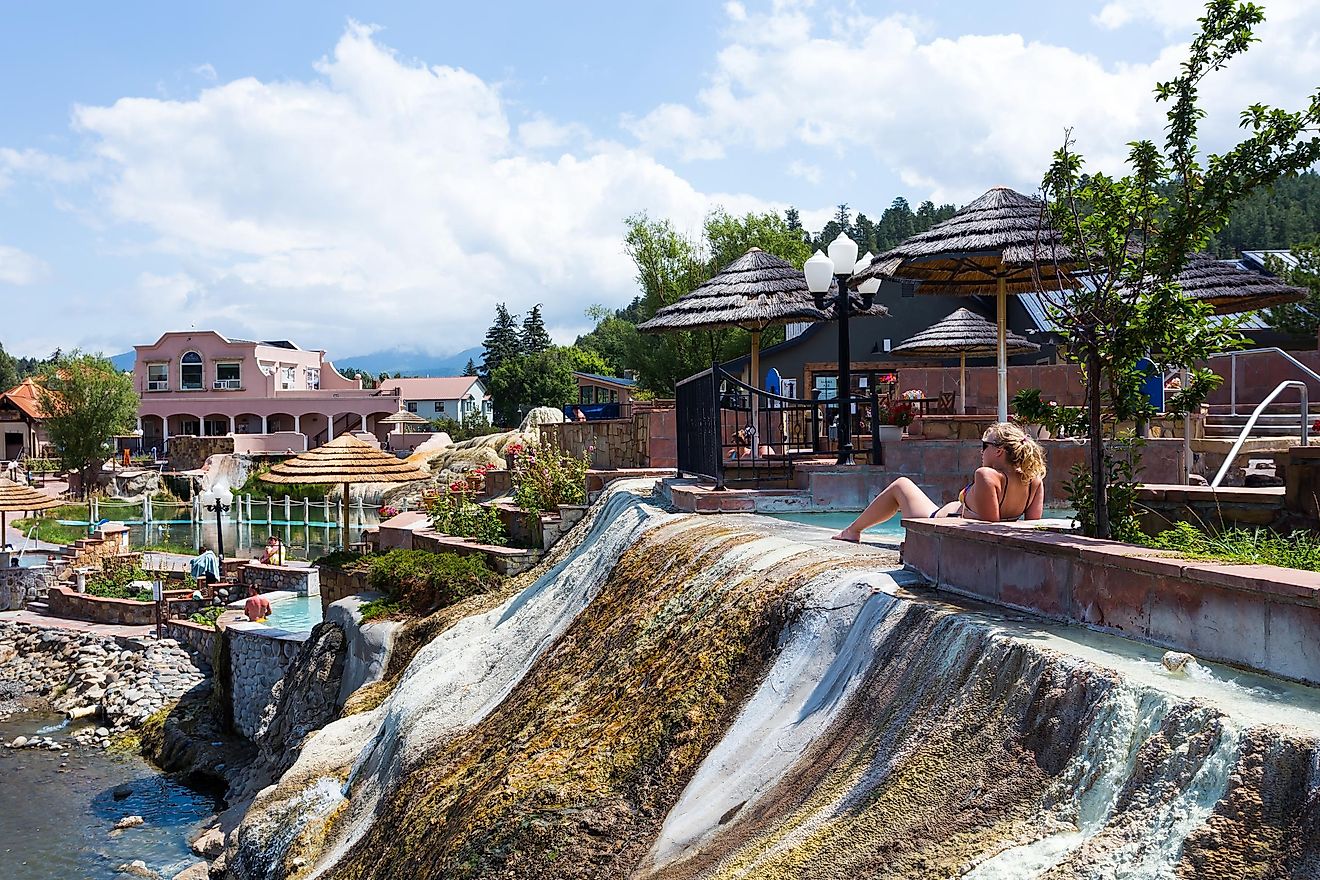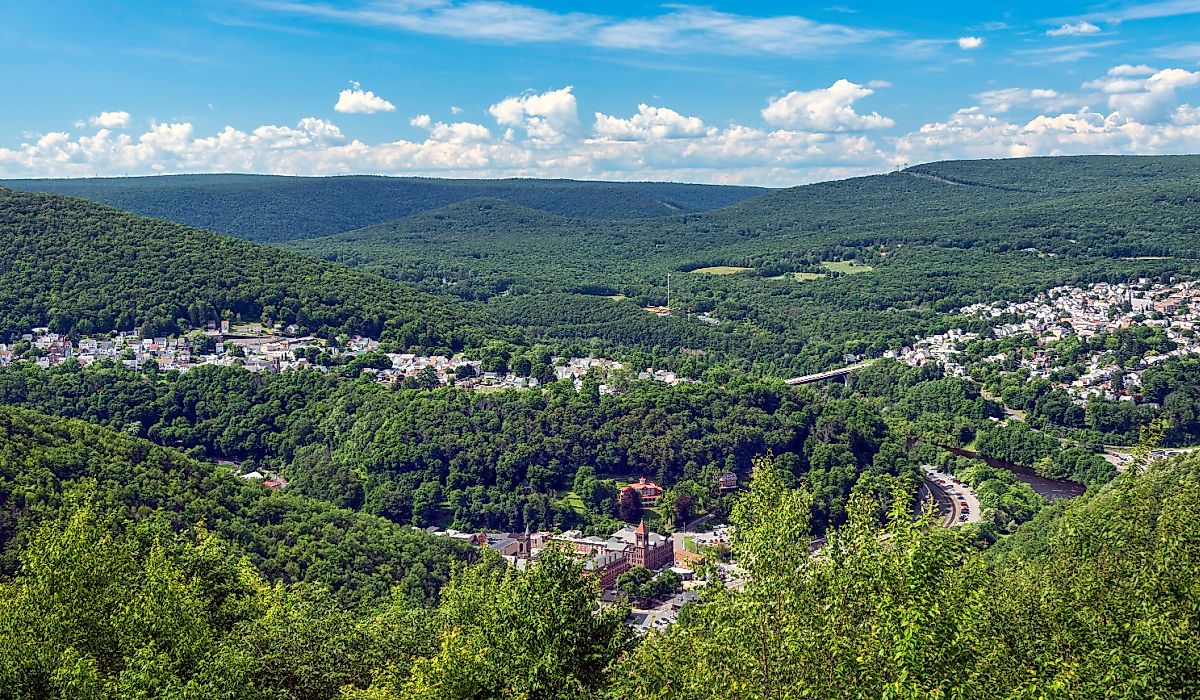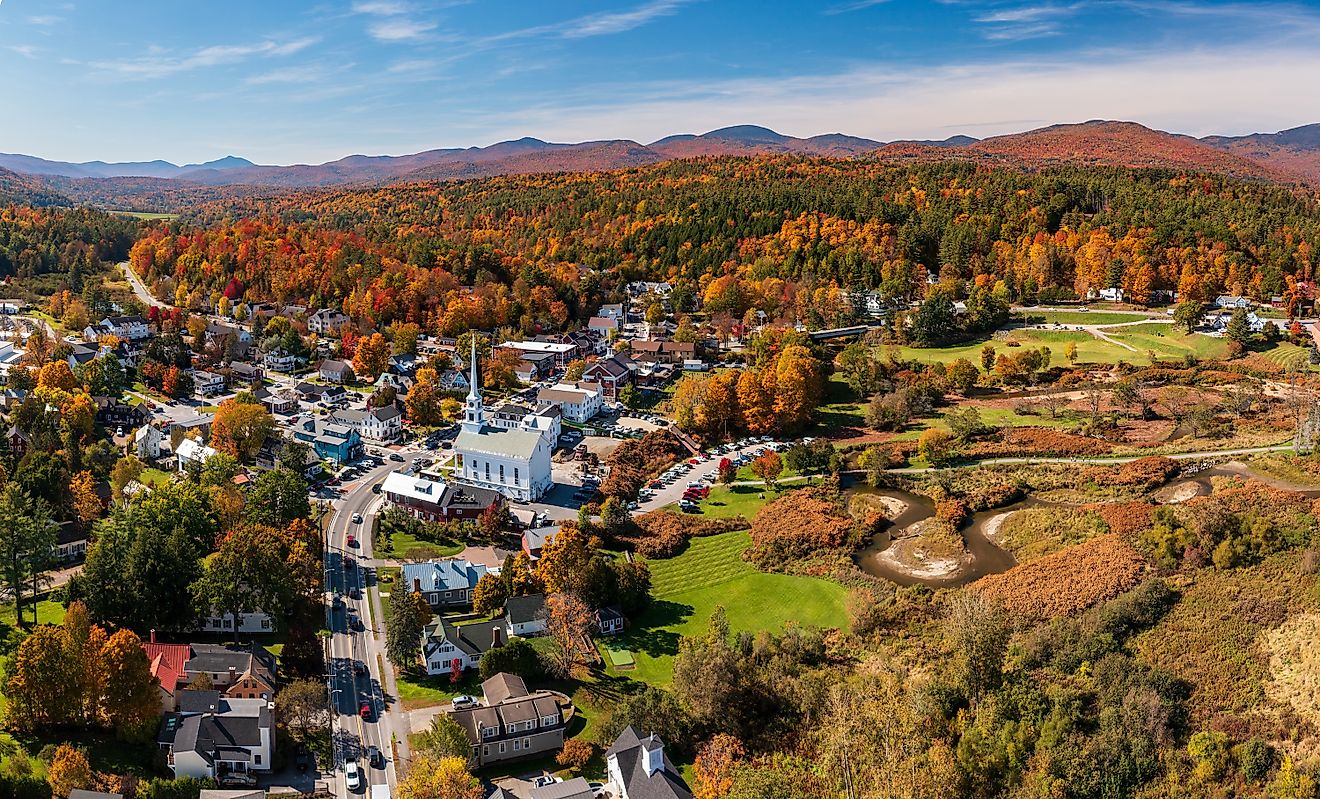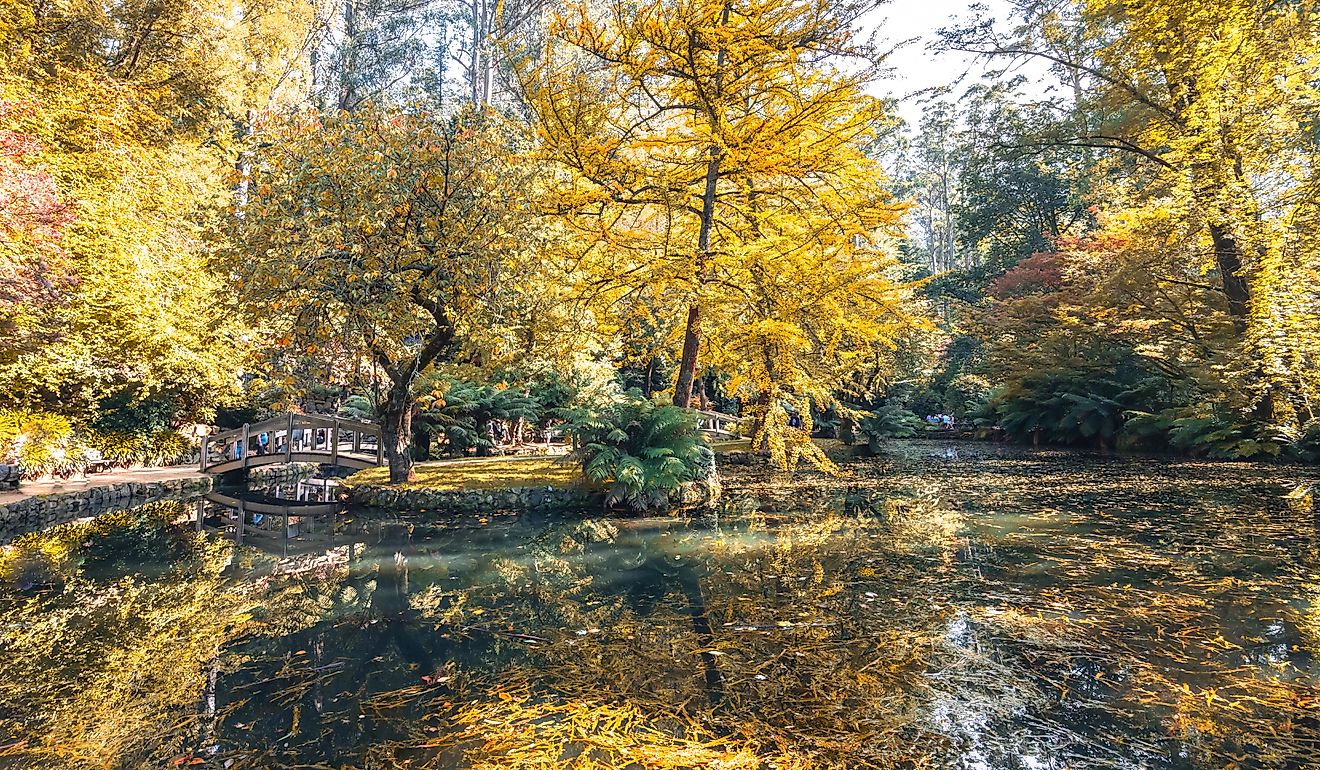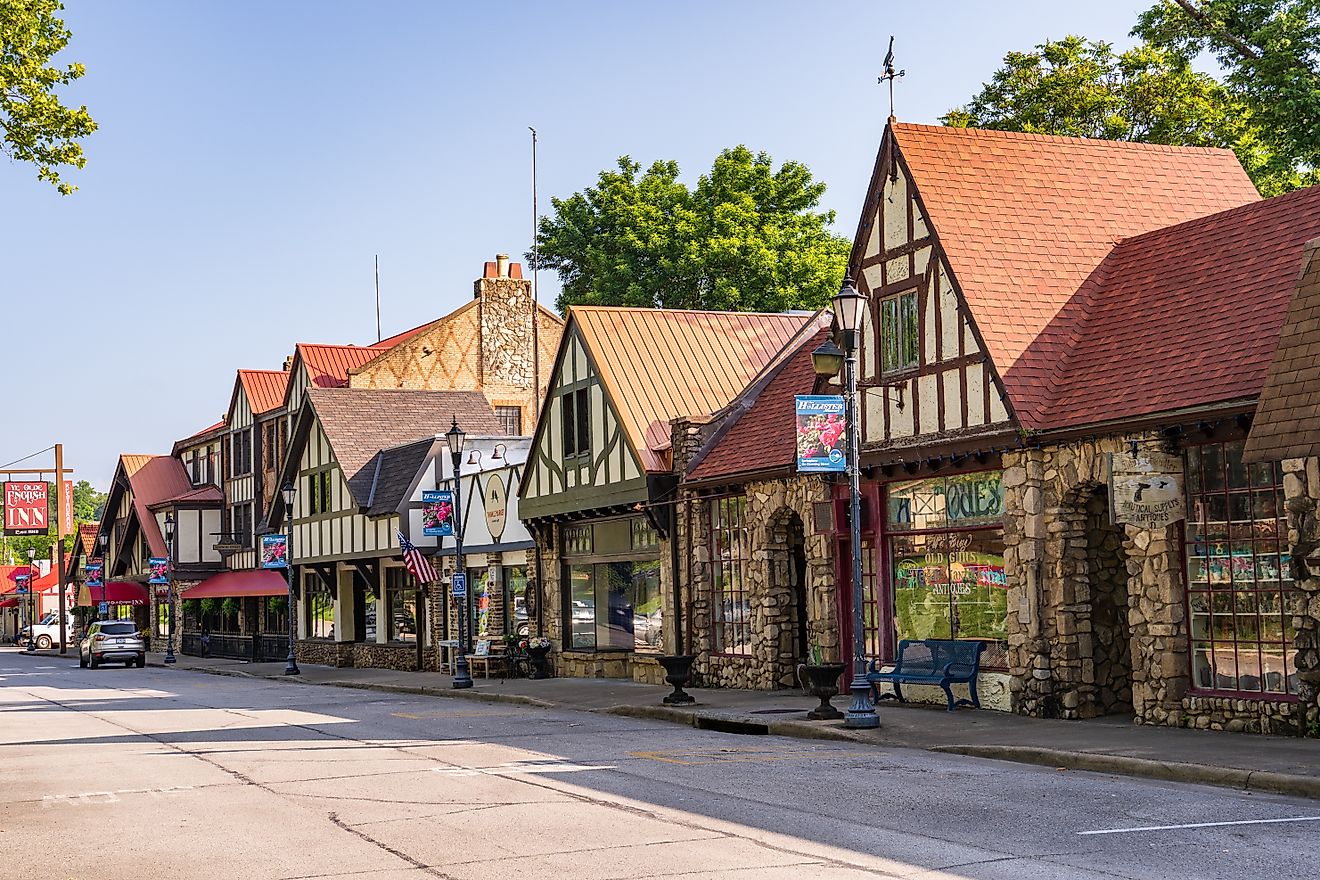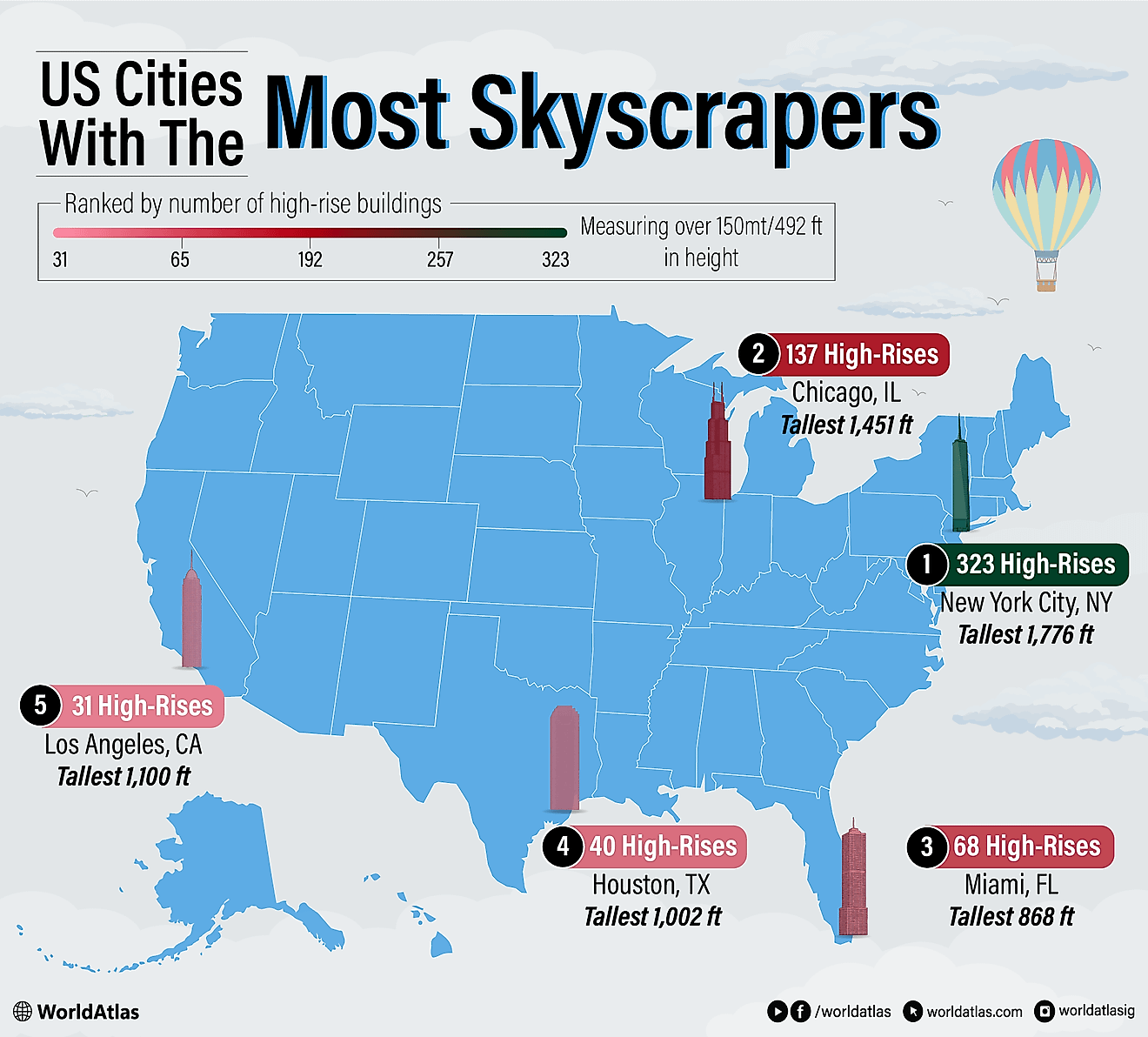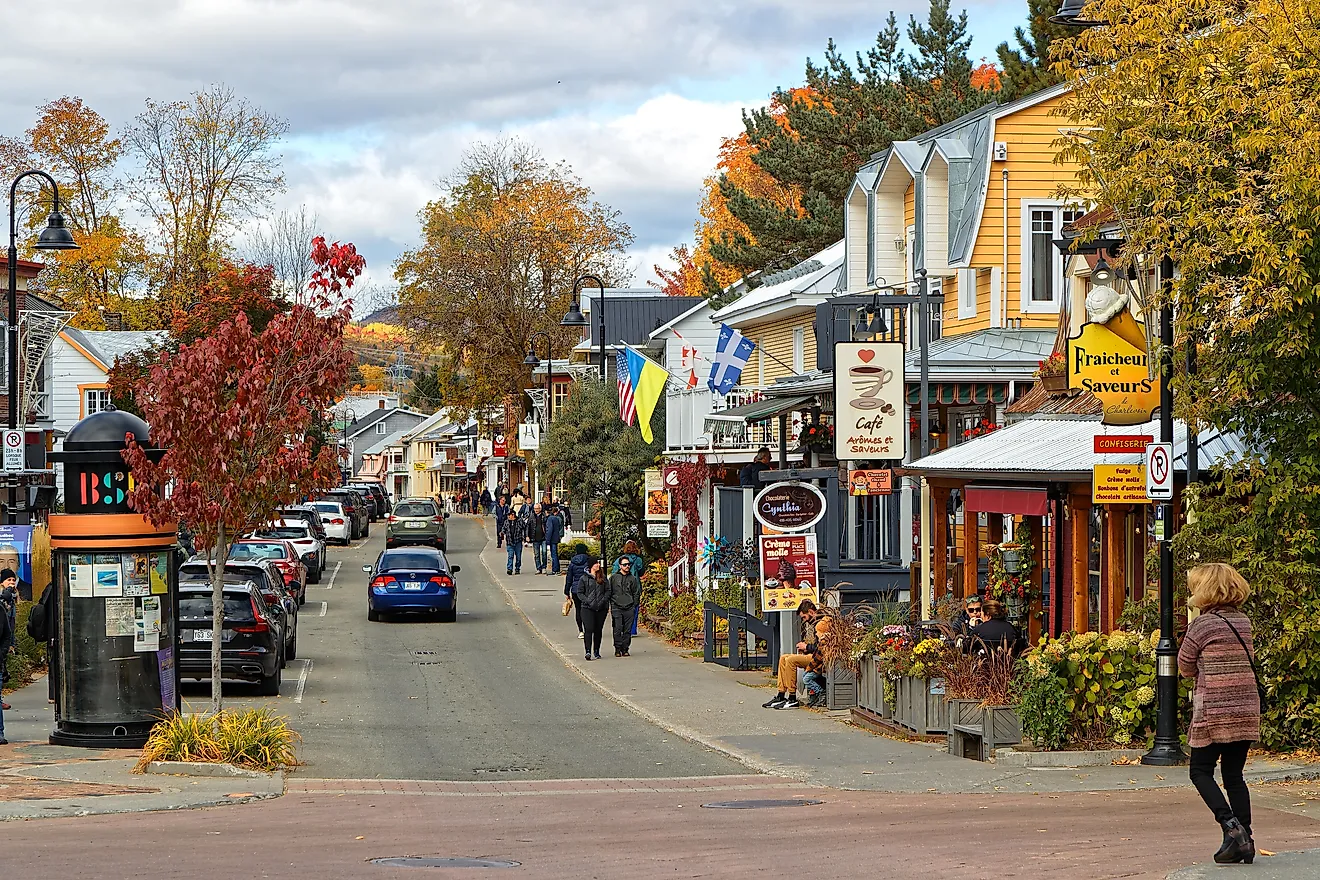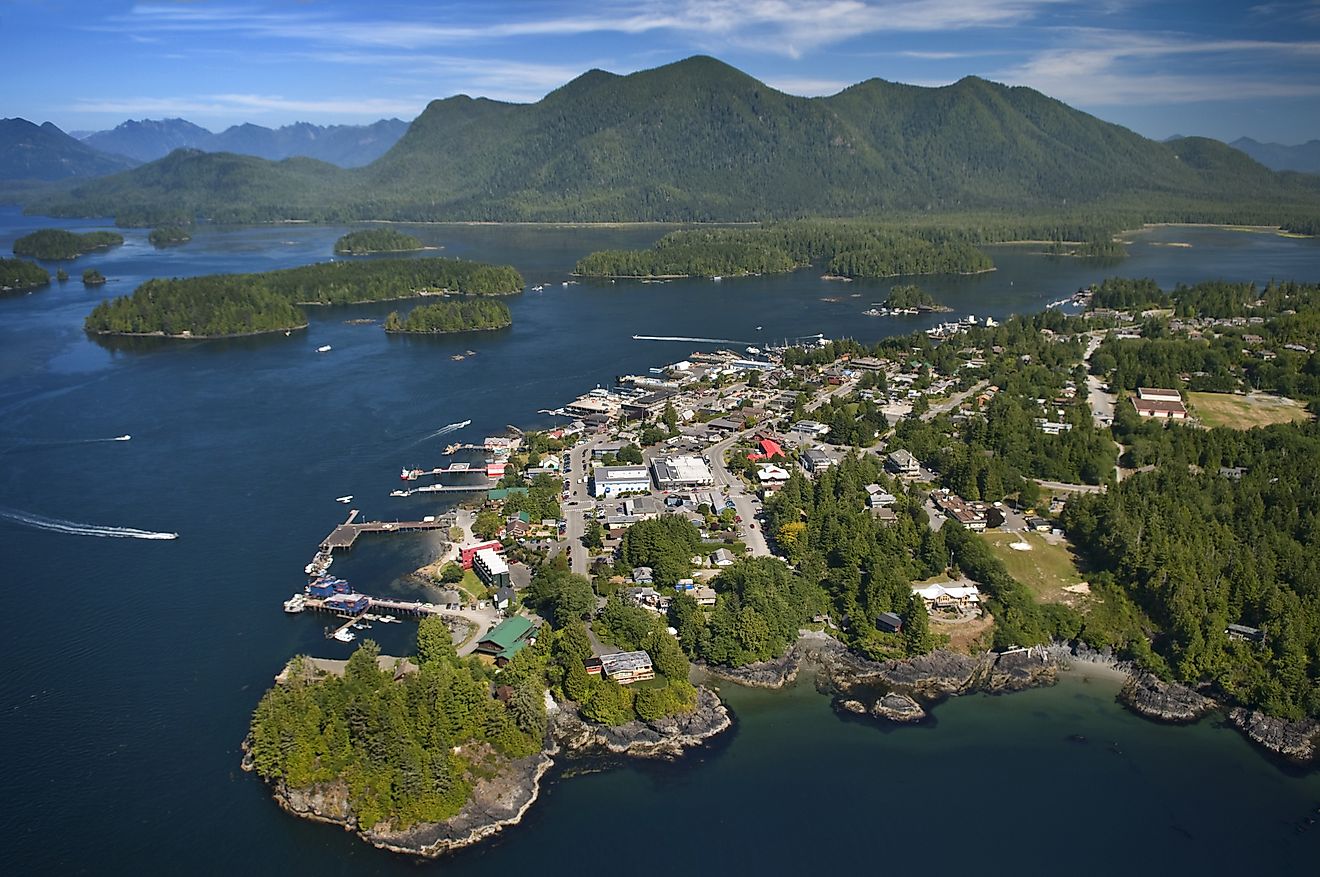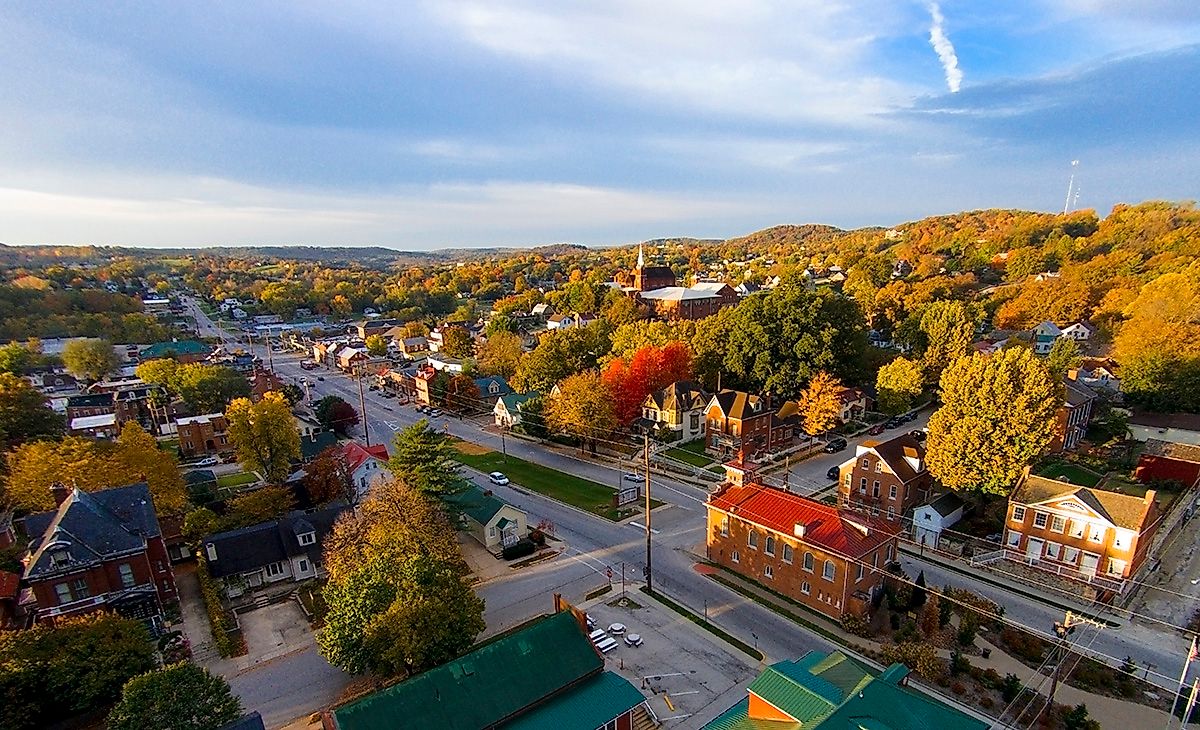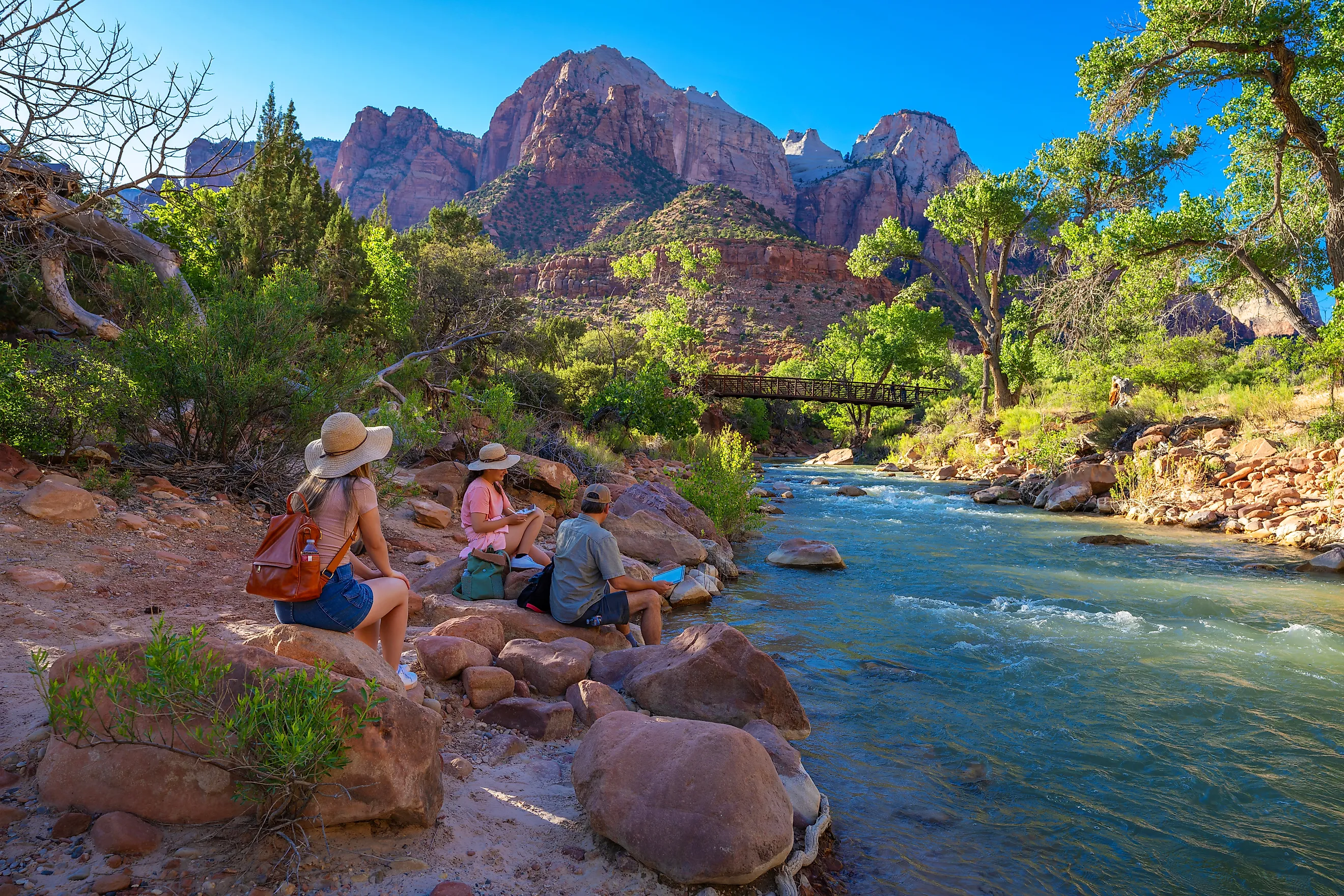
Zion National Park’s Narrows Takes Hikers Through A Cathedral of Sandstone
Zion National Park is one of the most recognizable of its kind in the country, blanketed by eye-catching red rocks and impossibly tall cliffs and canyons all around. Founded in 1919 in what was historically known as a remote desert hideout for outlaws, this world-class park is located in the far southwest of Utah, about a 2-hour drive from Las Vegas.
Hiking is the main draw here, as more than a few wildly popular trails sit within its borders. The Narrows is perhaps the most renowned of the bunch, taking its travelers through the base of a towering canyon where the Virgin River flows, providing a true sense of isolation from the rest of the world.
Let's take a closer look at this famous route, why so many are drawn to it, and how best to traverse it safely.
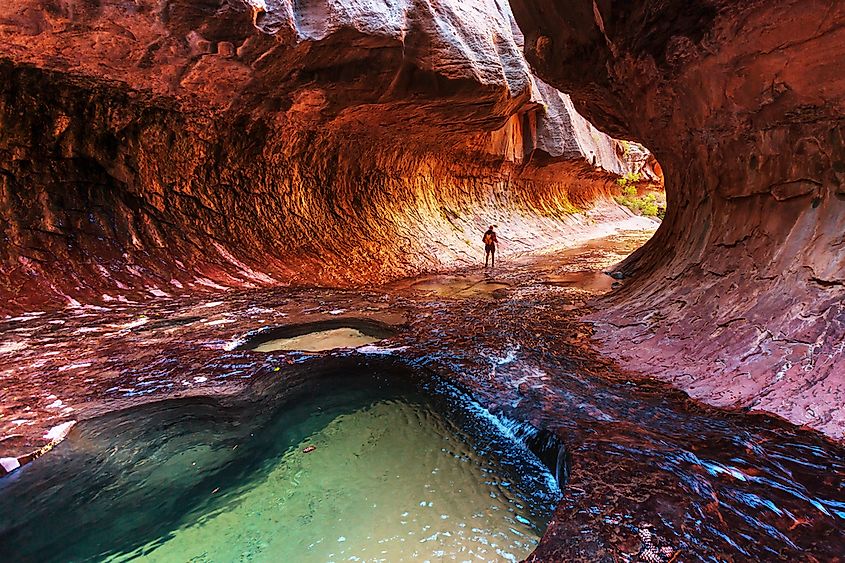
A Natural Pathway Shaped by Wind and Water
The narrowest section of Zion Canyon is none other than The Narrows, located in the upper reaches of the park. This slot canyon is carved by the North Fork of the Virgin River, which has sculpted its walls over thousands of years into vertical sandstone cliffs rising up to 1,000 feet above the riverbed! In some places, the canyon can be just 20 feet wide, creating a corridor where water and fallen rock dominate the floor in lieu of a solid pathway.
For long sections, the river itself serves as both the trail and the primary force of erosion, winding through boulder-strewn passageways and alcoves that you will have to navigate as well. Depending on seasonal flow, the water can range from ankle-deep to waist-high, with flash floods posing a risk during storms.
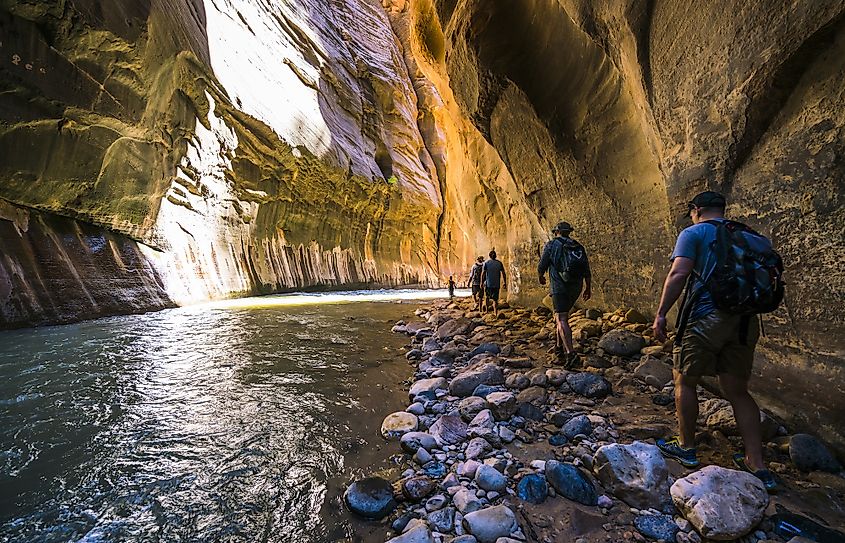
There are more natural wonders to see along the way; the walls of The Narrows also exhibit the park's classic Navajo Sandstone formations, which are layered, smooth, and water-polished, with striking variations in color, from deep reds to creamy whites. Furthermore, hanging "gardens," moss-covered walls, and occasional waterfalls punctuate the route, too, adding touches of green to this otherwise Mars-like landscape.
The Narrows begins at a spot called Temple of Sinawava, only reachable by shuttle bus during spring and summer, and extends upstream for several miles, accessible via the Riverside Walk or the full-length through-hike from Chamberlain’s Ranch.
How to Hike The Narrows

Hiking The Narrows is a unique experience that, again, involves walking directly in the Virgin River. If you plan on it, we hope you don't mind getting your feet wet (and cold)!
As mentioned, the hike begins at the end of the Riverside Walk and immediately enters the water, which remains quite frigid year-round and varies in depth. However, the trail is best tackled in late spring through early fall, depending on snowmelt and rainfall.
Most hikers choose the bottom-up route from the Temple of Sinawava, turning around at Big Springs for a round-trip of up to 9 miles. Understand that there is no maintained trail; instead, you will have to navigate obstacles that include slippery rocks, shifting currents, and even some occasional chest-deep pools. With all that in mind, a hiking stick and proper footwear are the bare essentials to bring along.
For those seeking the full 16-mile experience, the top-down route starts at Chamberlain’s Ranch and requires a wilderness permit to traverse, as well as advanced planning. This version includes overnight options and passes through more remote, even narrower sections that not all get to see.
Note that flash floods are another serious hazard, and conditions can change quickly from a bright, clear day to a torrential downpour in this part of the southwest. You should always check forecasts and water flow levels before entering, info that can be obtained at any of the park's visitor centers.
Alternative Trails in Zion National Park
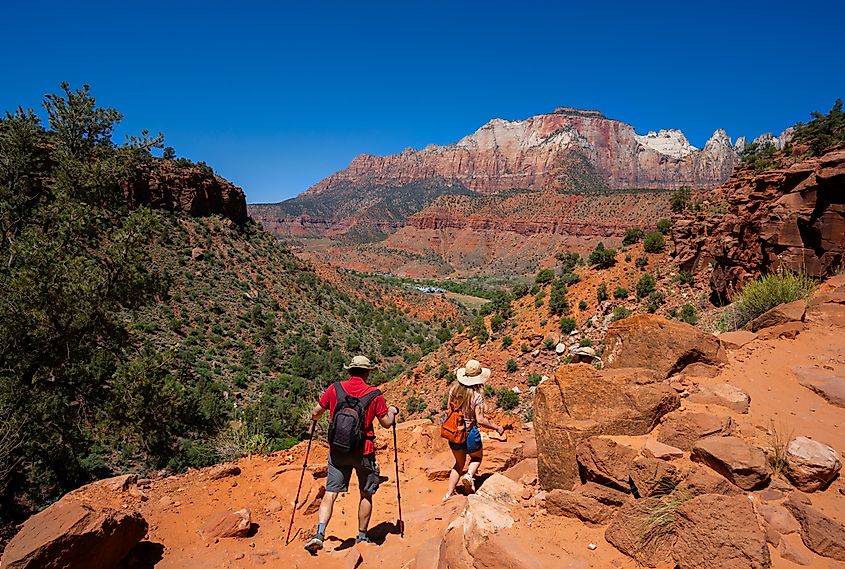
Space is often limited on the Zion Narrows trail, but that shouldn't stop you from enjoying the other wonders that can be found in this beloved national park. Here are some great alternative spots to go for a walk if you are looking for a different, but just as scenic, experience.
Angels Landing
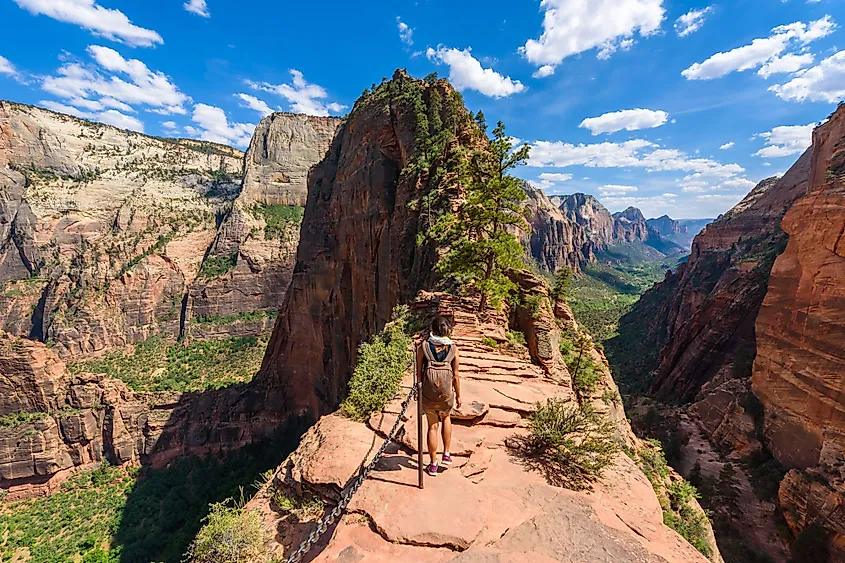
Angels Landing is easily one of Zion National Park’s most challenging and iconic hikes. This trail climbs nearly 1,500 feet over 2.5 miles (totaling about 5.4 miles round-trip), beginning with a series of switchbacks known as Walter’s Wiggles. The final half mile follows a narrow rock spine with steep drop-offs on both sides. Chains bolted into the rock will aid you as you walk, but unfortunately, falls still do happen, especially on busy days.
Kind of like The Narrows, you must secure a permit to access the final section due to crowding and safety concerns. However, after getting access, the summit rewards you with wide-ranging views over Zion Canyon.
Because of the sheer exposure and elevation gain you will experience on Angels Landing, it is not recommended for anyone with a fear of heights or limited hiking experience.
Observation Point
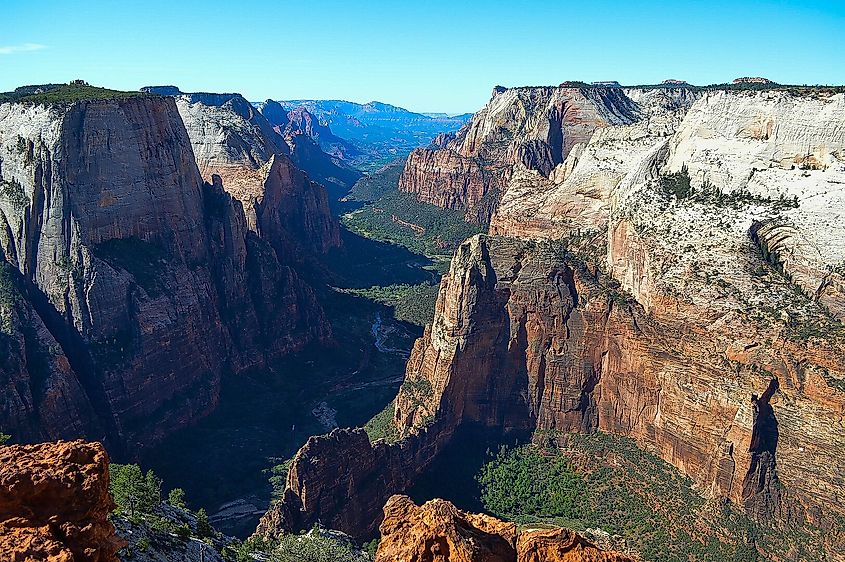
The aptly named Observation Point can be reached via the East Mesa Trail and is located outside the park’s eastern boundary. This route is about a 7-mile journey and relatively moderate in difficulty, with a gradual 700-foot elevation gain. Unlike the steep, now-closed Weeping Rock route, the East Mesa Trail follows a mostly level, forested plateau before opening up to the dramatic canyon views at the end.
The overlook sits at 6,507 feet above sea level, providing one of the highest and widest perspectives of Zion, one that perfectly looks down at the Virgin River and across to Angels Landing.
Emerald Pools
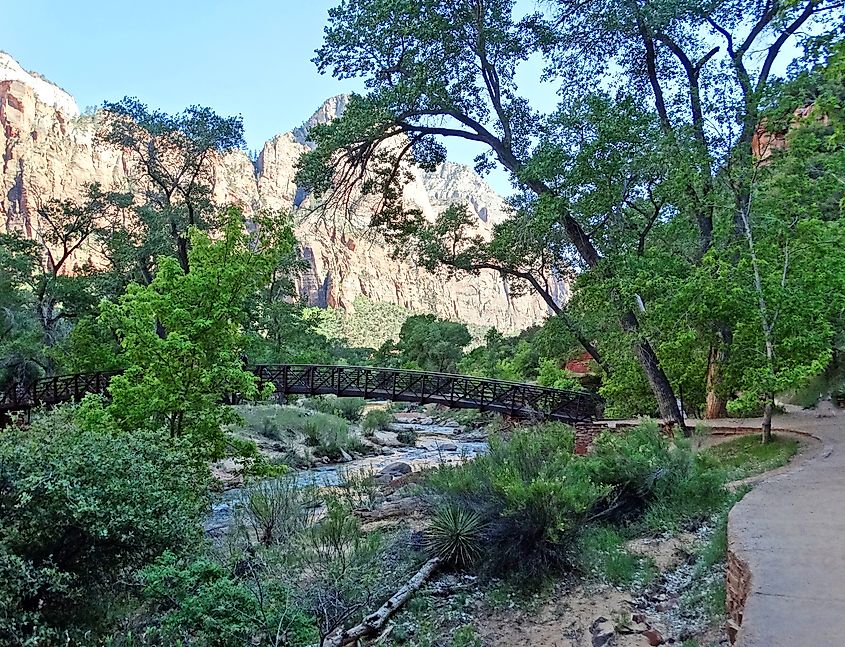
The Emerald Pools Trail, starting at Zion Lodge, leads through a lush side canyon to three distinct water basins. The Lower Pool is a short, easy 1.2‑mile round-trip on a paved path, arriving at a shaded alcove beneath seasonal waterfalls. Then proceed to the Middle Pool via switchbacks and rocky steps through pinyon‑juniper forest, adding around 180 ft of elevation and another scenic overlook. Finally, the Upper Pool demands a steeper climb over sandy, uneven terrain, all adding up to a total of approximately 3 miles if you decide to see each.
Canyon Overlook

The Canyon Overlook Trail is one of the most accessible hikes with a high payoff. Located just east of the Zion-Mount Carmel Tunnel, the trail stretches only one mile round-trip but leads to a sweeping view above Pine Creek Canyon and the main Zion Canyon. Though short, the trail does include some exposed sections and uneven footing, so be careful wherever you may be.
At the overlook, panoramic views can be had of imposing sandstone cliffs, various canyons, and the winding road to the trailhead far below.
Appreciate Zion From a Variety of Viewpoints
Whether looking up thousand-foot-tall rock walls or peering down into immense canyons, you are able to appreciate Zion National Park from a wide variety of elevations. Although trekking through The Narrows is by far one of the park's most popular and sought-after activities, even a simple drive through the area will have your jaw dropping.
So, prepare for anything during your next visit, but know that it is hard to go wrong with just about any of the trails and viewpoints that can be found here.
